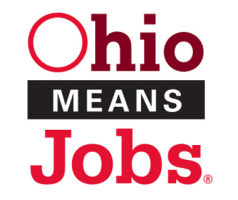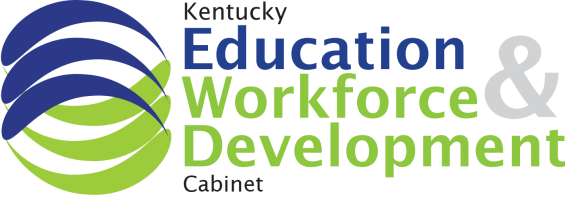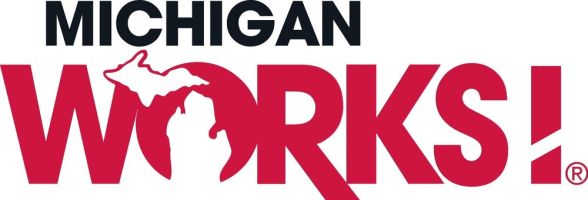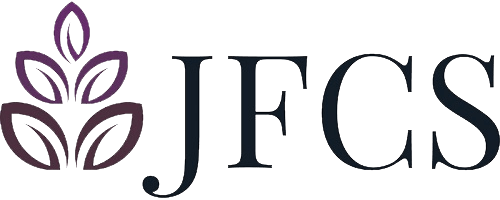MOTION ≠ ADDED VALUE
While project managing more than my usual number of content creation projects, weaknesses in my process surfaced. My frustration – and plummeting hourly rate on flat fee contracts – set me to thinking about the LEAN wastes. You may recall that a LEAN waste is any activity that does not add value to the product or for the customer. Following Paul’s and Tasos’ advice, I did a value stream map (VSM) of the manuscript development workflow and considered ways to implement a one-piece workflow.
VALUE STREAM MAPPING
The process of creating content starts with sourcing and onboarding writers, moves to the writing and review stage and ends with the archiving of files and reporting final project metrics used to bill the client. While there was room for improvement in the startup and closeout parts of the process, I looked first at the writing and review stage.
SINGLE CHAPTER WORKFLOW
Once writing begins, the project manager’s job is to oversee the flow of manuscript from writer to reviewers to copyeditor to client and back again. Manuscript is submitted by chapter, which became the single piece workflow I focused on improving.
Step 1: Download chapter from writer, reviewer, or editor.
Step 2: Review manuscript. Check to see if scope of work was met. If not met, return to sender for rework. If met, hide identity and forward to next stage
WASTED MOTION
The two-step review process is repeated at least four times for each chapter. Manuscript Review, Expert Review, Client Review, Copyedit Review. In addition, at any stage manuscript may need to be returned to the submitter. The manuscript might be returned to the original creator for revision based on the expert review, client feedback, or copyeditor queries. In some cases, changes must be approved by the expert reviewer. The tasks completed at each stage have standard instructions, and the time involved is similar for each chapter.
NAMING THE WASTE
The completed VSM confirmed what I knew intuitively. The wastes were in my review tasks. A BPG alumni who describes himself as a “lean disciple” once said “in the end all wastes are wasted time.” And while time was wasted in the process, it seemed to me the culprit was wasted motion. Wasted motion is any action performed by a worker that does not add value to the product or for the client. (Ouch!)
MOTION ≠ VALUE
The motion that added no value to the product or for the client was hiding the identity of the contributor. Hiding identities requires:
• Converting WORD file to XML
• Finding and Replacing Names with their appropriate role (writer, reviewer, editor) in the XML file
• Saving the XML file
• Opening the XML file in WORD then resaving the WORD file
Time per chapter per round = 5 minutes
Total time for 20 chapters, 3 rounds = (5*3) * 20 = 300 minutes (5 hours)
Total time for 4 similar projects = 300 *4 = 1200 minutes (20 hours).
Could I simply eliminate the step? No. Although it added no value for the product or the client, identity hiding was a mandatory step for the service that hired me.
MISPLACED MOTION ≠ VALUE
Confirming scope of work is a value-added step (for the client) because it ensures they are receiving a quality draft. The time involved in confirming the correct number of each required question type and ensuring all chapter objectives were covered took an average of 20 minutes per chapter. The task happened one time in the workflow – about 7 hours for 20 chapters.
If the writer met the scope of work, they were tracking as they wrote. Which meant I was duplicating their effort – a waste of motion.
If the writer did not meet the scope of work, they weren’t tracking as they wrote and they had to rework their material before it could be moved to the next stage. My actions were not adding value and sometimes were causing delays in the process.
RACI CLARIFIES ROLES
A RACI chart lists each project task down the left side and the role(s) each team member has regarding a task at the top. RACI is the acronym for each role: Responsible, Accountable, Consulted, Informed. A RACI chart helped me see that I was confusing accountability and responsibility for the QA counts. I realized:
As project manager, I was
• accountable and responsible for providing writers, reviewers, and editors information on their responsibilities, including guidelines for changing identifies and tracking details.
• accountable for ensuring scope of work requirements were met.
• accountable and responsible for recording question type counts to ensure accurate billing.
The writer was responsible and accountable for submitting manuscript that met all the writing requirements which necessitated tracking the number of questions by type.
Writers, reviewers and editors were responsible and accountable for changing their name to their role in Outlook
A balanced workload is a sign of a good one-piece workflow. When I compared the time it takes an individual to make a one-time (one minute per project) change to their identity in Outlook to the time it took me to make changes in each version of every file, it was clear that reassigning the responsibility for identify changing resulted in a more balance workload among team members.
PROCESS DESIGN CHANGES
Poor or out-of-date process designs are frequently-cited causes of LEAN wastes, and that was certainly true of the chapter review process. Delays happened because QA actions were being completed too late in the process. Writers must now include a breakdown of questions showing scope of work has been achieved with each chapter. I share best practices on how they can do this. They are free to report in any format they choose – scanned and emailed handwritten lists, a summary at the top of each file, or an Excel spreadsheet.
CONTINUOUS IMPROVEMENT
Having addressed the two most obvious culprits in my quest to eliminate waste, I’m looking for more opportunities to streamline and improve processes. As a freelancer, I need to develop a LEAN mindset and be on the lookout for habits that add unnecessary time/motion. Some I’ve identified are:
• A tendency to open a file attached to an email before I am ready to work on it.
• Being inconsistent in file naming and saving that can lead to unnecessary file searches.
• Not consolidating frequently-used information into one easy reference place.
1. No one complained about the process changes.
2. Never underestimate the power of small changes and simple tools to help solve problems.
3. Set aside time to improve processes or learn skills that will help you complete a task more efficiently.
Do you have experience addressing LEAN wastes? Want help? Please share your story. Email tricia.boies@gmail.com







